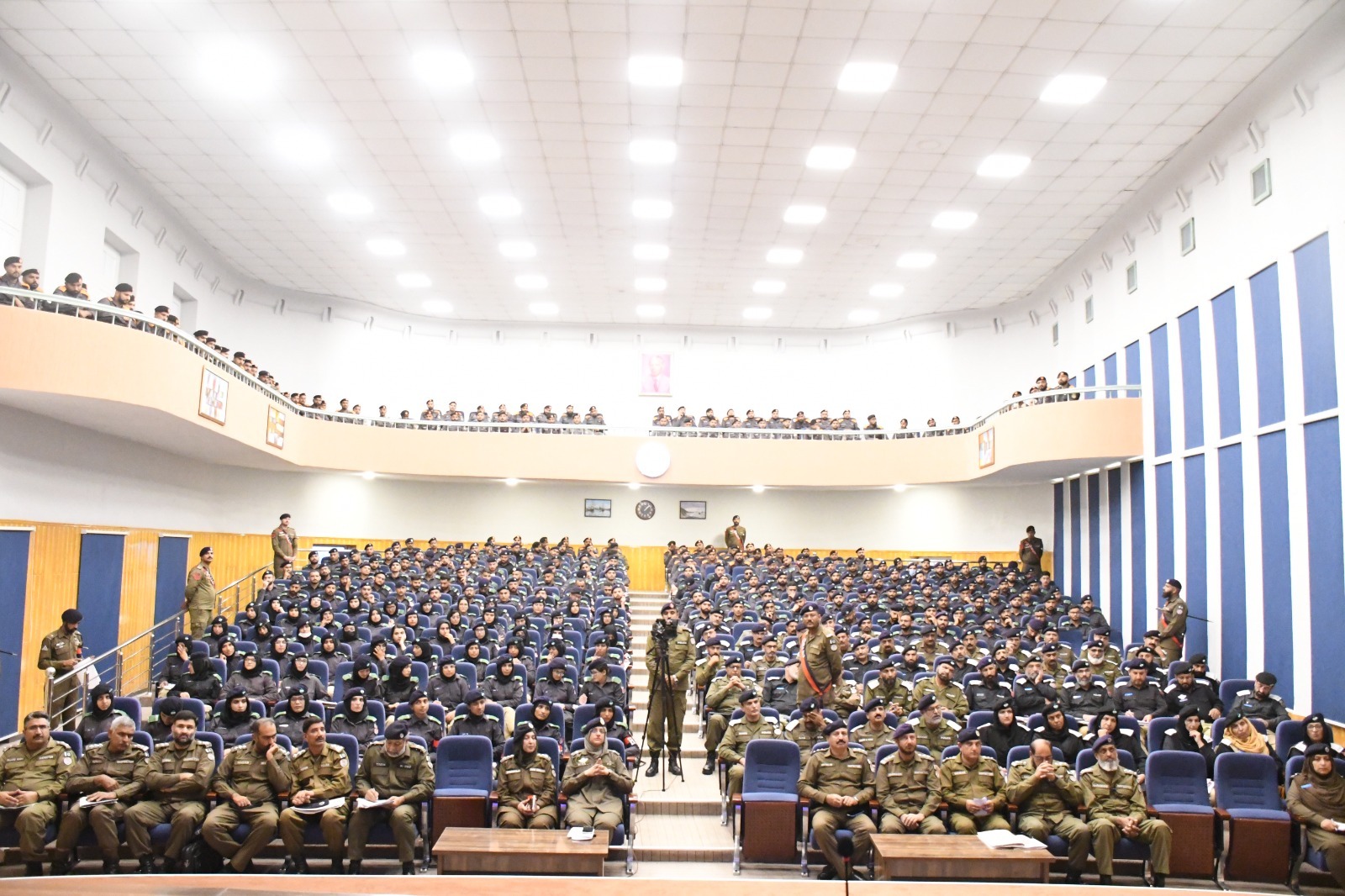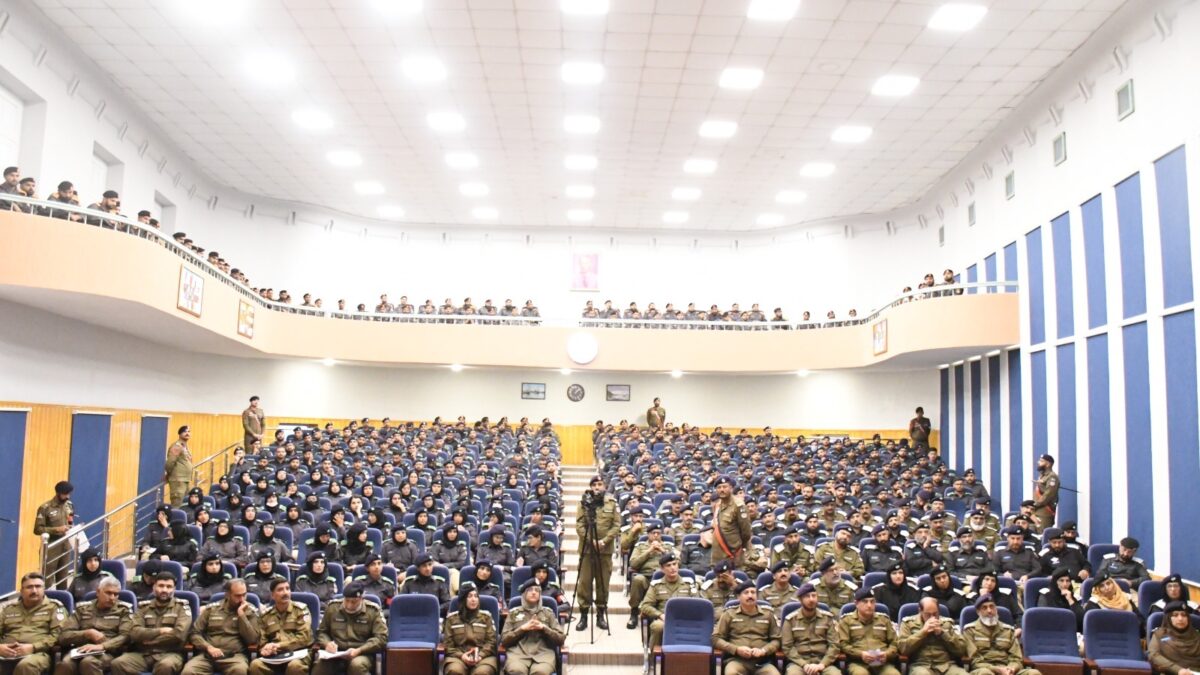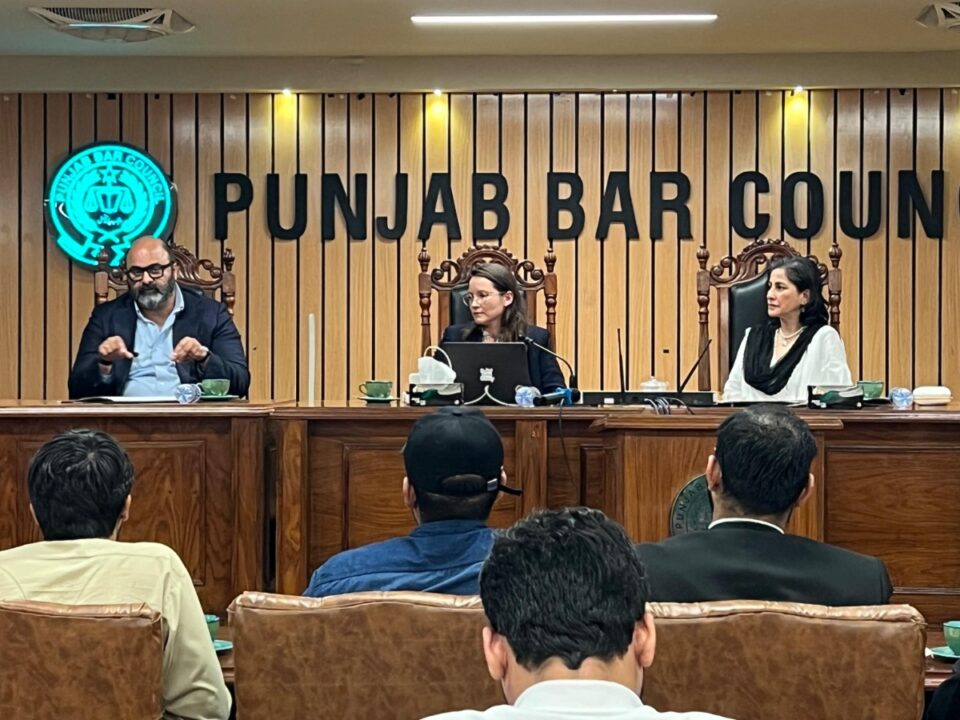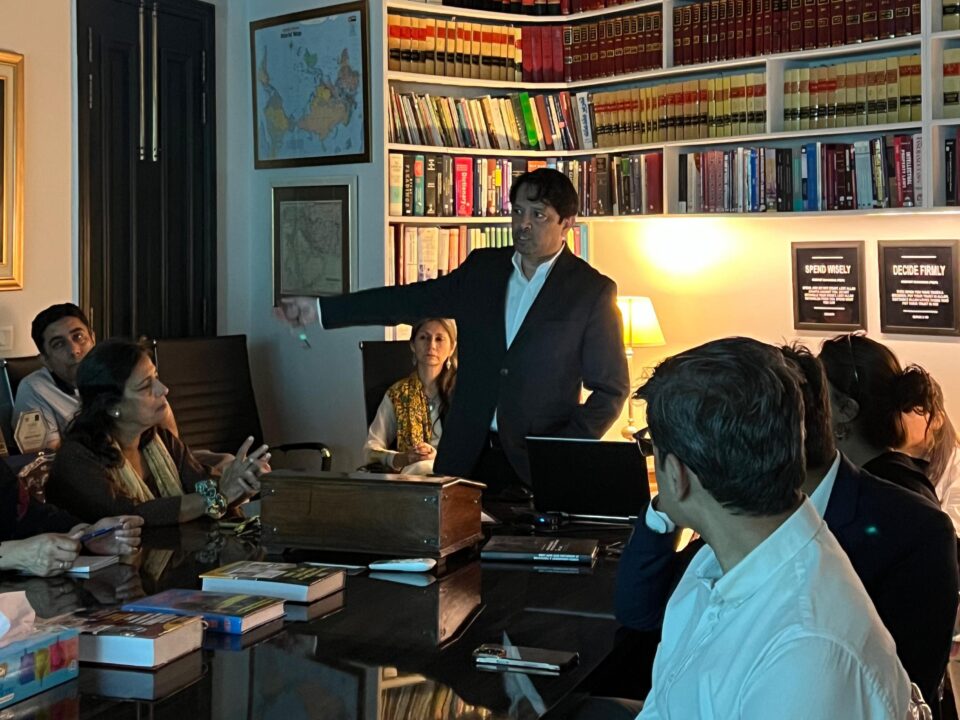Blog
Police, Lawyers and Judicial Relations
WRITTEN BY
Barrister Nudra B. Majeed
DATE
17 October 2023

Gender-based crimes
- Physical violence
- Sexual violence
- Emotional and psychological violence
- Social-economic violence
- Harmful traditional practices such as genital mutilation etc.

Reported Gender-based Crimes in Pakistan
- Pakistani women physically / emotionally abused by spouses = 40%
- Age group = 15 - 60
- Victim of violence in pregnancy = 1 out of 10
- Married women victim of physical / sexual violence = 70%
- Domestic violence during covid-19 pandemic = 200%
QURAN, SURAT AL-MULK [67:2]
ٱلَّذِي خَلَقَ ٱلۡمَوۡتَ وَٱلۡحَيَوٰةَ لِيَبۡلُوَكُمۡ أَيُّكُمۡ أَحۡسَنُ عَمَلٗاۚ وَهُوَٱلۡعَزِيزُ ٱلۡغَفُورُ
جس نے موت اور حیات کو اس لیے پیدا کیاکہ تمہیں آزمائے کہ تم میں سے اچھے کام کون کرتا ہے، اور وه غالب (اور) بخشنے واﻻ ہے
Reported Gender-based Crimes Globally
World Health Organization 2021
- 1 in 3 women are victims
- Partner violence + non-partner sexual violence
UN Economic and Social Affairs 2015
- Less than 40% of women victims seek help.
- Less than 10% report it.
Male-female ratio in police in Pakistan
UN Pakistan has reported as of March 2023:
Less than two per cent of Pakistan’s entire police force is made up of women.
United States Govt. initiatives to train police response and investigation
8 Principles of Effective Response
Purpose:
- Increase public trust
- Create awareness of unthinking prejudices
- Keep victims safe
- Hold offenders accountable
People:
- Law enforcement officials
Principle 1 –
Don’t blame the victim
- Be conscious of your own bias
- Be conscious of myths
- Be conscious of misperceptions
Principle 2 –
Treat victim with respect
- Study the science of trauma
- Listen to victim’s disclosure of facts without judgement
Principle 3 –
Ensure investigation methods are supported by policy, training and supervision
- Learn how to collect, preserve, and analyze evidence
Principle 4 –
Have separate section of reports on sexual / gender-based crimes
- Appropriately document and clear them after a complete investigation.
Principle 5 –
Refer victims to appropriate services
- Make timely and suitable referrals for healthcare, advocacy, shelter, legal consultation, and other services.
Principle 6 –
Learn to properly identify aggressor
- Distinguish between an aggressor’s violence and a victim’s self-defense actions.
Principle 7 –
Have policies to prevent officers perpetrating sexual crimes and have accountability for those who do
- Address the prevention of, and response to, sexual assault and domestic violence perpetrated by officers in clear, stand-alone policies.
Principle 8 –
Maintain, Review, and Act Upon Data
- Regularly examining data helps law enforcement agencies and their community partners get a clear picture of strengths and gaps in the justice system’s response.
Initiatives by the United Nations
Handbook on Effective police responses to violence against women
- Develop investigative techniques respectful of women
- Minimize intrusion into their lives
- Maintain standards for collection of best evidence
- Be sensitive to nature of crime and victim
An investigation is a methodical exercise in problem-solving that involves identifying the offence by examining facts or circumstances of an incident and identifying the enforcement option appropriate to the facts or circumstances. While the complexities and dynamic nature of domestic violence are unique from other investigations, the purpose and guiding principles remain largely the same.
PURPOSE OF INVESTIGATION
- Determine if offence committed or to disprove an allegation
- Identify victims and witnesses
- Collect evidence
- Find cause, manner and location of an offence
- Prove the identity of the suspect or person(s) responsible
- Find correct provision in PPC to bring a charge
- Document the investigation, and evidence, and to prepare to present evidence at trial
- To prevent further victimization (includes both the victim and others who may be affected, such as children)
GOOD POLICE INVESTIGATOR
- Know the process
- Understand importance of investigation
- Document complete investigation
- Respect for evidence (what it is, its value and how to collect, preserve and document it)
- Analyse
- Be creative in problem-solving
- Effectively use all investigative tools and resources available




